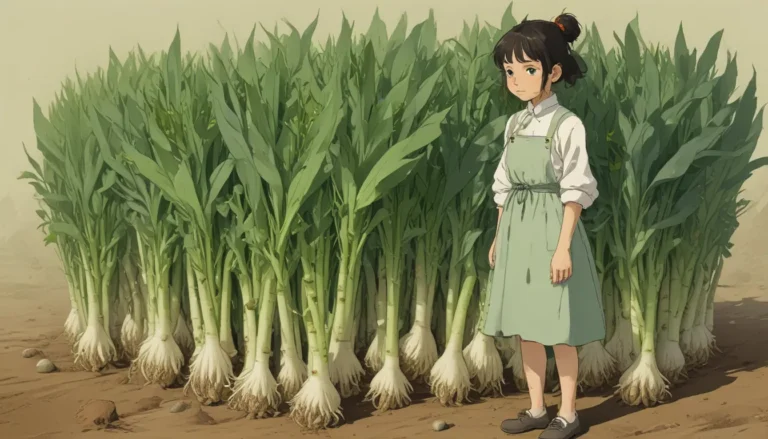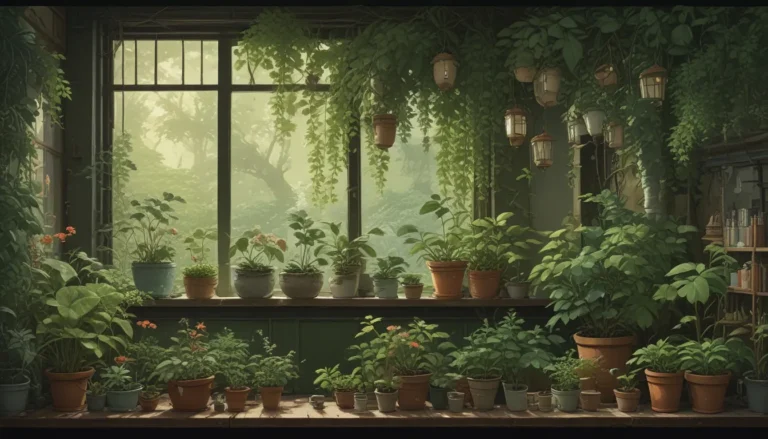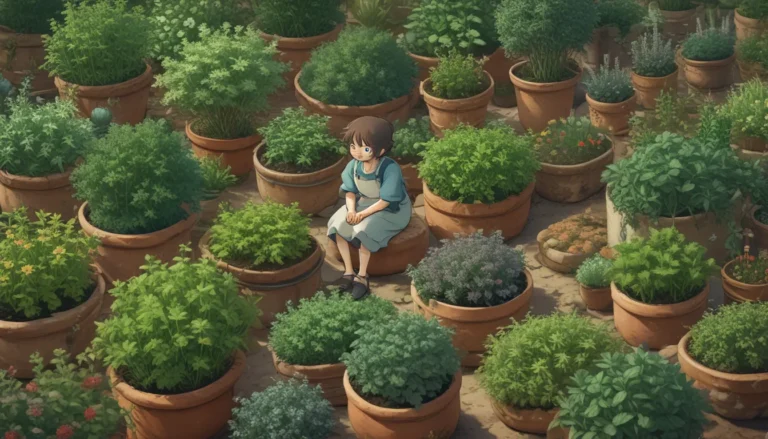The Complete Guide to Growing and Caring for Gardenias

If you’re enchanted by the sweet fragrance and elegant blooms of gardenias, this comprehensive guide is for you. Explore the rich history, detailed cultivation techniques, and expert tips to ensure your gardenias thrive in your outdoor spaces.
Unveiling the World of Gardenias
Gardenias, particularly the popular Gardenia jasminoides, have captivated gardeners for centuries with their lush blooms and intoxicating scent. Native to tropical regions of East Asia, these tender evergreen shrubs have a rich history rooted in herbal medicine and ornamental horticulture.
With nearly 200 species in the Gardenia genus, including the iconic Cape jasmine (G. jasminoides), these flowering shrubs continue to enchant gardeners with their beauty and charm. Through centuries of cultivation, hybridizers have developed hardier varieties that can withstand colder temperatures and compact cultivars that suit various garden settings.
Cultivation and History
Cultivating gardenias requires attention to detail and specific growing conditions. Understanding the plant’s history and preferred environment is crucial for successful growth.
- Native to: Tropical regions of East Asia
- Hardiness (USDA Zone): 7-11, depending on the variety
- Exposure: Full sun with protection from midday heat
- Soil Type: Organically-rich, well-draining loam
- Spacing: 3-8 feet (standard), 2-4 feet (dwarf)
- Water Needs: Moderate
- Maintenance: Moderate to high
Gardenias demand precise care, including humid conditions, well-drained acidic soil, and protection from harsh sunlight. While these flowering shrubs can be challenging to grow, their rewards are well worth the effort.
Propagation Techniques
Embark on the journey of propagating gardenias through cuttings, seeds, or air layering. Discover the methods that suit your gardening style and preferences.
From Cuttings
- Take four-inch stem cuttings from mature branches
- Dip cut ends in rooting hormone powder
- Place in pre-moistened seed starting medium
- Repot rooted cuttings once roots are at least an inch long
From Seed
- Obtain seeds from mature pods or purchase online
- Sow seeds in a well-draining mix indoors in winter
- Transplant seedlings in spring
- Expect bloom in two to three years
Via Air Layering
- Select a mature stem from the plant
- Make a cut, treat with rooting compound, and wrap in damp moss
- Monitor for root growth, then separate new plant from parent
- Transplant new plant to desired location
Propagation allows you to expand your gardenia collection and share the beauty of these fragrant shrubs with others.
How to Grow Gardenia Flowers
Create the perfect environment for your gardenias to thrive with proper planting and care. Explore essential growing tips to ensure your shrubs reach their full potential.
- Plant in acidic soil with a pH of 5.0-6.0
- Provide full sun exposure while protecting from midday heat
- Space plants adequately to promote airflow and prevent competition
- Water consistently but avoid oversaturation
Cultivating gardenias requires attention to detail, from soil pH to watering practices. By following these guidelines, you can create an optimal environment for your plants to flourish.
Pruning and Maintenance
Keep your gardenias healthy and vibrant with regular pruning and maintenance. Discover essential tips to preserve the beauty and health of your plants.
- Prune after flowering to maintain shape and promote growth
- Monitor for yellowing leaves and address promptly
- Fertilize with acidic formulations to support blooming
- Watch for signs of bud drop and adjust humidity and watering
Uphold the beauty of your gardenias with proper pruning, fertilizing, and disease prevention practices. By staying vigilant and attentive, you can ensure your plants thrive year after year.
Gardenia Cultivars to Select
Explore a diverse range of gardenia cultivars to suit your gardening preferences and space requirements. Choose from traditional favorites to modern hybrids that offer unique characteristics.
August Beauty
- Hardy in Zones 8-11
- Produces three-inch double blooms from mid-spring to autumn
- Ideal for floral arrangements and centerpieces
Frost Proof
- Hardy in Zones 7-11
- Upright, bushy growth with bright white blooms
- Suitable for hedging and outdoor plantings
Golden Magic
- Compact shrub with fragrant white to golden yellow blooms
- Perfect for small spaces and containers
- Hardy in Zones 8-11
Jubilation
- Hardy in Zones 7-10
- Abundant blooming with periodic bursts of flowers
- Ideal for small gardens and landscapes
Kleim’s Hardy
- Dwarf variety with waxy white blooms
- Suitable for containers and small spaces
- Hardy in Zones 7-11
Selecting the right gardenia cultivar can enhance your landscape and provide year-round beauty. Explore these options to find the perfect match for your gardening needs.
Managing Pests and Disease
Safeguard your gardenias from common pests and diseases with proactive measures and effective treatments. Learn how to identify and address issues to protect your plants.
Pests
- Aphids: Control with neem oil spray or insecticidal soap
- Scale Insects: Scrape off or treat with rubbing alcohol
- Whiteflies: Use neem oil or insecticidal soap to eliminate
- Spider Mites: Maintain plant hygiene to prevent infestation
Diseases
- Sooty Mold: Eliminate insect pests to prevent mold growth
- Powdery Mildew: Ensure proper airflow and remove infected leaves
- Root Rot: Choose resistant varieties and well-draining soil
Staying vigilant against pests and diseases is essential for maintaining the health and vitality of your gardenias. By implementing preventive measures and timely interventions, you can keep your plants thriving.
Best Uses for Gardenia Flowers
Unlock the versatility of gardenias in various garden settings and landscapes. Discover creative ways to incorporate these fragrant shrubs into your outdoor spaces.
- Ground cover, specimen plants, or hedges
- Outdoor living spaces for fragrance and ambiance
- Mass plantings, borders, or walkways for year-round color
From traditional garden settings to compact containers, gardenias offer endless possibilities for enhancing your outdoor spaces. Explore different uses to showcase their beauty and fragrance in your garden.
Quick Reference Growing Guide
Consult this handy reference guide for essential information on growing gardenias, from planting depth to companion planting recommendations.
- Plant Type: Evergreen flowering shrub
- Hardiness (USDA Zone): 7-11
- Exposure: Full sun with light to moderate shade
- Soil Type: Organically-rich, well-draining loam
- Water Needs: Moderate
- Height: 3-6 feet (standard), 6 inches to 2 feet (dwarf)
- Attracts: Bees and other pollinators
- Common Pests: Aphids, scale, whiteflies
- Common Diseases: Sooty mold, powdery mildew, root rot
Use this guide as a quick reference tool to support your gardenia growing efforts and ensure optimal care for your plants.
Cultivate Your Gardenia Garden
Embark on a fragrant journey with gardenias and witness the beauty and elegance they bring to your outdoor spaces. Whether you’re a seasoned gardener or a novice enthusiast, these majestic shrubs offer endless possibilities for creative expression and sensory delight.
Share your gardenia growing experiences and questions in the comments below. Let’s cultivate a community of gardenia enthusiasts eager to unlock the secrets of these captivating flowering shrubs together.
Capture the essence of nature with gardenias and transform your garden into a fragrant paradise where beauty blooms year-round. Happy gardening!





